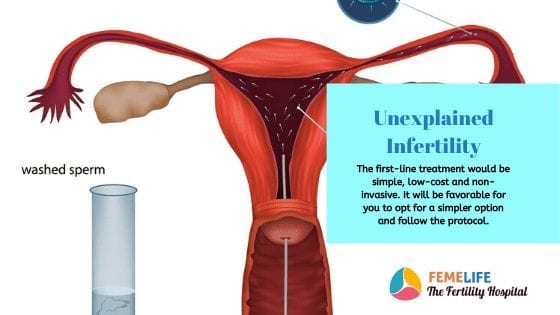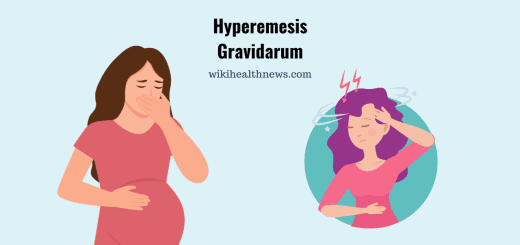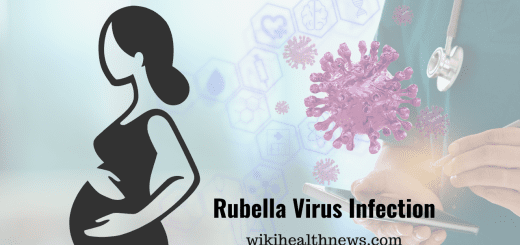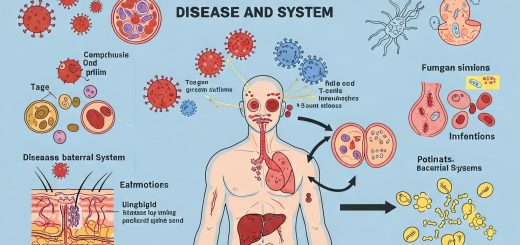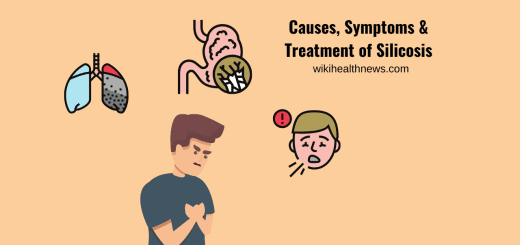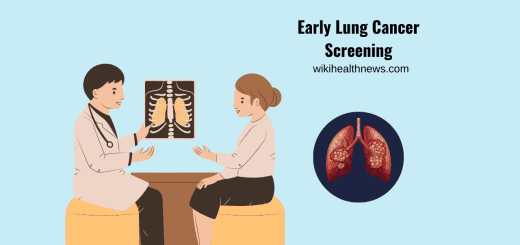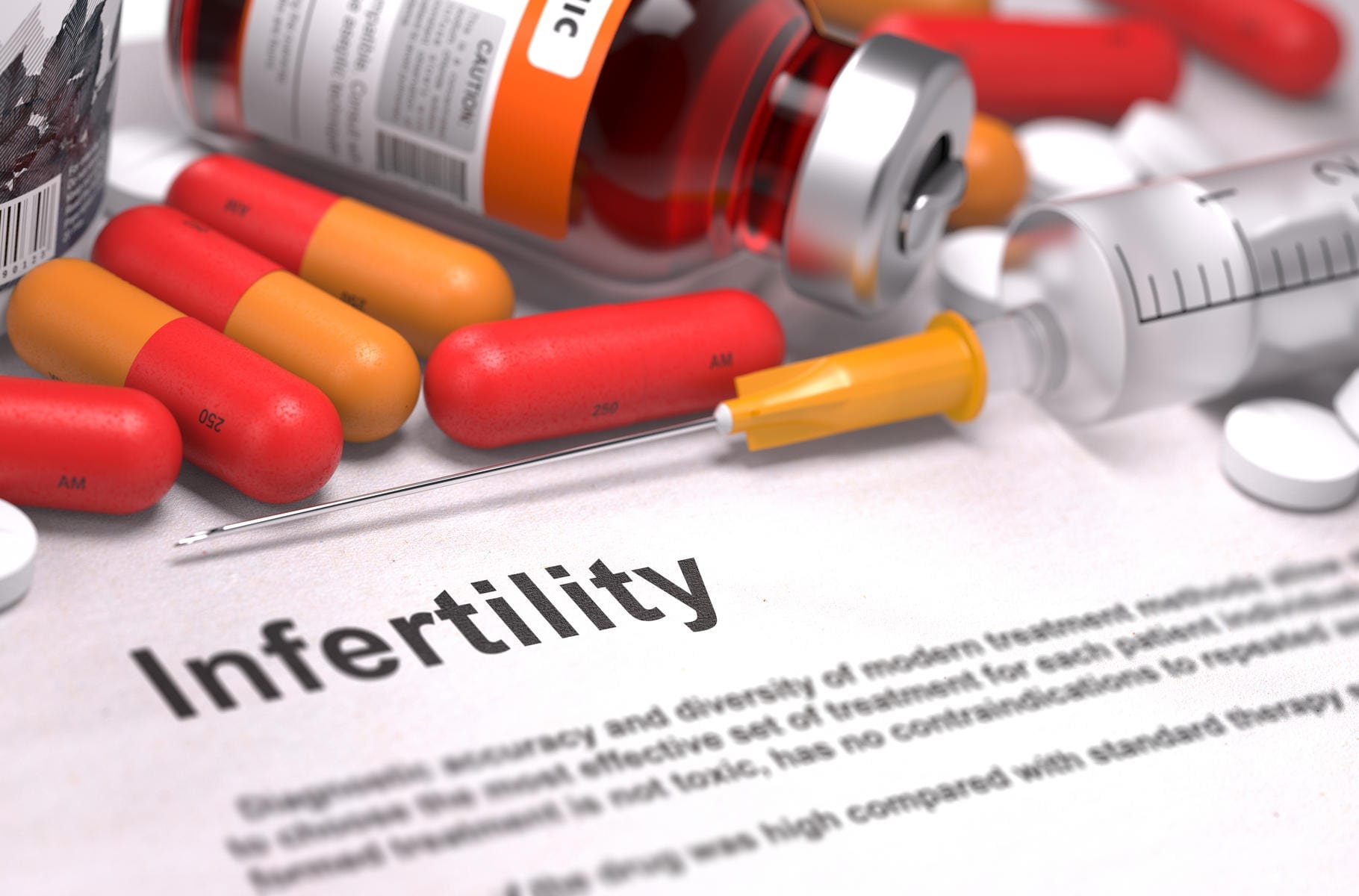
FAQ
Know Infertility and IVF Treatment Related Questions.New Developments.
A patient must know these facts before visit the doctor.
FAQ in infertility and ivf
What is infertility?
In general, infertility is defined as not being able to get pregnant (conceive) after one year (or longer) of unprotected sex. Because fertility in women is known to decline steadily with age, some providers evaluate and treat women aged 35 years or older after 6 months of unprotected sex. Women with infertility should consider making an appointment with a reproductive endocrinologist—a doctor who specializes in managing infertility. Reproductive endocrinologists may also be able to help women with recurrent pregnancy loss, defined as having two or more spontaneous miscarriages.
Pregnancy is the result of a process that has many steps.
To get pregnant
- A woman’s body must release an egg from one of her ovaries (ovulation).
- A man’s sperm must join with the egg along the way (fertilize).
- The fertilized egg must go through a fallopian tube toward the uterus (womb).
- The fertilized egg must attach to the inside of the uterus (implantation).
Infertility may result from a problem with any or several of these steps.
Impaired fecundity is a condition related to infertility and refers to women who have difficulty getting pregnant or carrying a pregnancy to term.
exercise
Reduce body weight and avoid PCOS
Is infertility a common problem?
Yes.
About 6% of married women aged 15 to 44 years in the United States are unable to get pregnant after one year of trying (infertility). Also, about 12% of women aged 15 to 44 years in the United States have difficulty getting pregnant or carrying a pregnancy to term, regardless of marital status (impaired fecundity).
Facts of infertility
infertility is not always a woman’s problem. Both men and women can contribute to infertility.
Is infertility just a woman’s problem?
No, infertility is not always a woman’s problem. Both men and women can contribute to infertility.
Many couples struggle with infertility and seek help to become pregnant, but it is often thought of as only a woman’s condition. However, in about 35% of couples with infertility, a male factor is identified along with a female factor. In about 8% of couples with infertility, a male factor is the only identifiable cause.
Almost 9% of men aged 25 to 44 years in the United States reported that they or their partner saw a doctor for advice, testing, or treatment for infertility during their lifetime.
facts of infertility
In humans, infertility is the inability to become pregnant or carry a pregnancy to full term.
Infertility can be due to a problem with the male partner or female partner.
What causes infertility in men?
Infertility in men can be caused by different factors and is typically evaluated by a semen analysis. When a semen analysis is performed, the number of sperm (concentration), motility (movement), and morphology (shape) are assessed by a specialist. A slightly abnormal semen analysis does not mean that a man is necessarily infertile. Instead, a semen analysis helps determine if and how male factors are contributing to infertility.
Disruption of testicular or ejaculatory function
- Varicoceles, a condition in which the veins on a man’s testicles are large and cause them to overheat. The heat may affect the number or shape of the sperm.
- Trauma to the testes may affect sperm production and result in lower number of sperm.
- Unhealthy habits such as heavy alcohol use, smoking, anabolic steroid use, and illicit drug use.
- Use of certain medications and supplements.
- Cancer treatment involving the use of certain types of chemotherapy, radiation, or surgery to remove one or both testicles
- Medical conditions such as diabetes, cystic fibrosis, certain types of autoimmune disorders, and certain types of infections may cause testicular failure.
Hormonal disorders
- Improper function of the hypothalamus or pituitary glands. The hypothalamus and pituitary glands in the brain produce hormones that maintain normal testicular function. Production of too much prolactin, a hormone made by the pituitary gland (often due to the presence of a benign pituitary gland tumor), or other conditions that damage or impair the function of the hypothalamus or the pituitary gland may result in low or no sperm production.
- These conditions may include benign and malignant (cancerous) pituitary tumors, congenital adrenal hyperplasia, exposure to too much estrogen, exposure to too much testosterone, Cushing’s syndrome, and chronic use of medications called glucocorticoids.
Genetic disorders
- Genetic conditions such as a Klinefelter’s syndrome, Y-chromosome microdeletion, myotonic dystrophy, and other, less common genetic disorders may cause no sperm to be produced, or low numbers of sperm to be produced.
The most common cause of female infertility is ovulatory problems which generally manifest themselves by sparse or absent menstrual periods.
What increases a man’s risk of infertility?
-
Age. Although advanced age plays a much more important role in predicting female infertility, couples in which the male partner is 40 years old or older are more likely to report difficulty conceiving.
-
Being overweight or obese.
-
Smoking.
-
Excessive alcohol use.
-
Use of marijuana.
-
Exposure to testosterone. This may occur when a doctor prescribes testosterone injections, implants, or topical gel for low testosterone, or when a man takes testosterone or similar medications illicitly for the purposes of increasing their muscle mass.
-
Exposure to radiation.
-
Frequent exposure of the testes to high temperatures, such as that which may occur in men confined to a wheelchair, or through frequent sauna or hot tub use.
-
Exposure to certain medications such as flutamide, cyproterone, bicalutamide, spironolactone, ketoconazole, or cimetidine.
-
Exposure to environmental toxins including exposure to pesticides, lead, cadmium, or mercury.
Facts of infertility
Male infertility is most commonly due to deficiencies in the semen, and semen quality is used as a surrogate measure of male fecundity.
What causes infertility in women?
Women need functioning ovaries, fallopian tubes, and a uterus to get pregnant. Conditions affecting any one of these organs can contribute to female infertility. Some of these conditions are listed below and can be evaluated using a number of different tests.
Disruption of ovarian function (presence or absence of ovulation (anovulation) and effects of ovarian “age”)
A woman’s menstrual cycle is, on average, 28 days long. Day 1 is defined as the first day of “full flow.” Regular predictable periods that occur every 24 to 32 days likely reflect ovulation. A woman with irregular periods is likely not ovulating.
Ovulation can be predicted by using an ovulation predictor kit and can be confirmed by a blood test to check the woman’s progesterone level on day 21 of her menstrual cycle. Although several tests exist to evaluate a woman’s ovarian function, no single test is a perfect predictor of fertility. The most commonly used markers of ovarian function include follicle stimulating hormone (FSH) value on day 3 to 5 of the menstrual cycle, anti-müllerian hormone value (AMH), and antral follicle count (AFC) using a transvaginal ultrasound.
Disruptions in ovarian function may be caused by several conditions and warrants an evaluation by a doctor.
When a woman doesn’t ovulate during a menstrual cycle, it’s called anovulation. Potential causes of anovulation include the following
- Polycystic ovary syndrome (PCOS). PCOS is a condition that causes women to not ovulate, or to ovulate irregularly. Some women with PCOS have elevated levels of testosterone, which can cause acne and excess hair growth. PCOS is the most common cause of female infertility.
- Diminished ovarian reserve (DOR). Women are born with all of the eggs that they will ever have, and a woman’s egg count decreases over time. Diminished ovarian reserve is a condition in which there are fewer eggs remaining in the ovaries than normal. The number of eggs a woman has declines naturally as a woman ages. It may also occur due to congenital, medical, surgical, or unexplained causes. Women with diminished ovarian reserve may be able to conceive naturally, but will produce fewer eggs in response to fertility treatments.
- Functional hypothalamic amenorrhea (FHA). FHA is a condition caused by excessive exercise, stress, or low body weight. It is sometimes associated with eating disorders such as anorexia.
- Improper function of the hypothalamus and pituitary glands. The hypothalamus and pituitary glands in the brain produce hormones that maintain normal ovarian function. Production of too much of the hormone prolactin by the pituitary gland (often as the result of a benign pituitary gland tumor), or improper function of the hypothalamus or pituitary gland, may cause a woman not to ovulate.
- Premature ovarian insufficiency (POI). POI, sometimes referred to as premature menopause, occurs when a woman’s ovaries fail before she is 40 years of age. Although certain exposures, such as chemotherapy or pelvic radiation therapy, and certain medical conditions may cause POI, the cause is often unexplained. About 5% to10% of women with POI conceive naturally and have a normal pregnancy.
- Menopause Menopause is an age-appropriate decline in ovarian function that usually occurs around age 50. By definition, a woman in menopause has not had a period in one year. She may experience hot flashes, mood changes, difficulty sleeping, and other symptoms as well.
Fallopian tube obstruction (whether fallopian tubes are open, blocked, or swollen)
Risk factors for blocked fallopian tubes (tubal occlusion) can include a history of pelvic infection, history of ruptured appendicitis, history of gonorrhea or chlamydia, known endometriosis, or a history of abdominal surgery.
Tubal evaluation may be performed using an X-ray that is called a hysterosalpingogram (HSG), or by chromopertubation (CP) in the operating room at time of laparoscopy, a surgical procedure in which a small incision is made and a viewing tube called a laparoscope is inserted.
- Hysterosalpingogram (HSG) is an X-ray of the uterus and fallopian tubes. A radiologist injects dye into the uterus through the cervix and simultaneously takes X-ray pictures to see if the dye moves freely through fallopian tubes. This helps evaluate tubal caliber (diameter) and patency.
- Chromopertubation is similar to an HSG but is done in the operating room at the time of a laparoscopy. Blue-colored dye is passed through the cervix into the uterus and spillage and tubal caliber (shape) is evaluated.
Abnormal uterine contour (physical characteristics of the uterus)
Depending on a woman’s symptoms, the uterus may be evaluated by transvaginal ultrasound to look for fibroids or other anatomic abnormalities. If suspicion exists that the fibroids may be entering the endometrial cavity, a sonohystogram (SHG) or hysteroscopy (HSC) may be performed to further evaluate the uterine environment.
facts of infertility
When a female is not able to conceive or become pregnant , it can be due to a problem with the male partner or female partner . Sometime it can be due to a problem with both of the partners.We cannot say who is responsible unless we do the medical tests .
What increases a woman’s risk of infertility?
Female fertility is known to decline with
- Age. More women are waiting until their 30s and 40s to have children. In fact, about 20% of women in the United States now have their first child after age 35. About one-third of couples in which the woman is older than 35 years have fertility problems. Aging not only decreases a woman’s chances of having a baby, but also increases her chances of miscarriage and of having a child with a genetic abnormality.
- Aging decreases a woman’s chances of having a baby in the following ways:
- She has a smaller number of eggs left.
- Her eggs are not as healthy.
- She is more likely to have health conditions that can cause fertility problems.
- She is more likely to have a miscarriage.
- Smoking.
- Excessive alcohol use.
- Extreme weight gain or loss.
- Excessive physical or emotional stress that results in amenorrhea (absent periods).
facts of infertility
· 10-20% of cases, cause is not found.
· 20-30% of infertility cases are due to male infertility.
· 20-35% are due to female infertility.
· 25-40% are due to combined problems in both parts.
How long should couples try to get pregnant before seeing a doctor?
Most experts suggest at least one year for women younger than age 35. However, for women aged 35 years or older, couples should see a health care provider after 6 months of trying unsuccessfully. A woman’s chances of having a baby decrease rapidly every year after the age of 30.
Some health problems also increase the risk of infertility. So, couples with the following signs or symptoms should not delay seeing their health care provider when they are trying to become pregnant
- Irregular periods or no menstrual periods.
- Very painful periods.
- Endometriosis.
- Pelvic inflammatory disease.
- More than one miscarriage.
- Suspected male factor (i.e., history of testicular trauma, hernia surgery, chemotherapy, or infertility with another partner).
It is a good idea for any woman and her partner to talk to a health care provider before trying to get pregnant. They can help you get your body ready for a healthy baby, and can also answer questions on fertility and give tips on conceiving.
facts of infertility
infertility is not always a woman’s problem. Both men and women can contribute to infertility.
How will doctors find out if a woman and her partner have fertility problems?
Doctors will begin by collecting a medical and sexual history from both partners. The initial evaluation usually includes a semen analysis, a tubal evaluation, and ovarian reserve testing.

infertility is not always a woman’s problem. Both men and women can contribute to infertility.
How do doctors treat infertility?
Infertility can be treated with medicine, surgery, intrauterine insemination, or assisted reproductive technology.
Often, medication and intrauterine insemination are used at the same time. Doctors recommend specific treatments for infertility on the basis of
- The factors contributing to the infertility.
- The duration of the infertility.
- The age of the female.
- The couple’s treatment preference after counseling about success rates, risks, and benefits of each treatment option.
facts of infertility
What is the most common cause of Infertility?
· The most common cause of female infertility is ovulatory problems which generally manifest themselves by sparse or absent menstrual periods.
· Male infertility is most commonly due to deficiencies in the semen, and semen quality is used as a surrogate measure of male fecundity.
What are some of the specific treatments for male infertility?
Male infertility may be treated with medical, surgical, or assisted reproductive therapies depending on the underlying cause. Medical and surgical therapies are usually managed by an urologist who specializes in infertility. A reproductive endocrinologist may offer intrauterine inseminations (IUIs) or in vitro fertilization (IVF) to help overcome male factor infertility.
What is natural period of fertility?
Women who are fertile before and during ovulation, and they are naturally infertile for the rest of the menstrual cycle. This period of time before and during ovulation is a natural period of fertility.
What medicines are used to treat infertility in women?
Some common medicines used to treat infertility in women include
- Clomiphene citrate (Clomid®*) is a medicine that causes ovulation by acting on the pituitary gland. It is often used in women who have polycystic ovary syndrome (PCOS) or other problems with ovulation. It is also used in women with normal ovulation to increase the number of mature eggs produced. This medicine is taken by mouth.
- Letrozole (Femara ®*) is a medication that is frequently used off-label to cause ovulation. It works by temporarily lowering a woman’s progesterone level, which causes the brain to naturally make more FSH. It is often used to induce ovulation in woman with PCOS, and in women with normal ovulation to increase the number of mature eggs produced in the ovaries.
- Human menopausal gonadotropin or hMG (Menopur®*; Repronex®*; Pergonal®*) is a medication often used for women who don’t ovulate because of problems with their pituitary gland—hMG acts directly on the ovaries to stimulate development of mature eggs. It is an injectable medicine.
- Follicle-stimulating hormone or FSH (Gonal-F®*; Follistim®*) is a medication that works much like hMG. It stimulates development of mature eggs within the ovaries. It is an injectable medication.
- Gonadotropin-releasing hormone (GnRH) analogs and GnRH antagonists are medications that act on the pituitary gland to prevent a woman from ovulating. They are used during in vitro fertilization cycles, or to help prepare a woman’s uterus for an embryo transfer. These medications are usually injected or given with a nasal spray.
- Metformin (Glucophage®*) is a medicine doctors use for women who have insulin resistance or diabetes and PCOS. This drug helps lower the high levels of male hormones in women with these conditions. This helps the body to ovulate. Sometimes clomiphene citrate or FSH is combined with metformin. This medicine is taken by mouth.
- Bromocriptine (Parlodel®*) and Cabergoline (Dostinex ®*) are medications used for women with ovulation problems because of high levels of prolactin.
*Note: Use of trade names and commercial sources is for identification only and does not imply endorsement by the US. Department of Health and Human Services.
Many fertility drugs increase a woman’s chance of having twins, triplets, or other multiples. Women who are pregnant with multiple fetuses may have more problems during pregnancy. Multiple fetuses have a higher risk of being born prematurely (too early). Premature babies are at a higher risk of health and developmental problems.
What is intrauterine insemination (IUI)?
Intrauterine insemination (IUI) is an infertility treatment that is often called artificial insemination. In this procedure, specially prepared sperm are inserted into the woman’s uterus. Sometimes the woman is also treated with medicines that stimulate ovulation before IUI.
IUI is often used to treat
- Mild male factor infertility.
- Couples with unexplained infertility.
What is Ovulation ?
Ovulation is the release of eggs from the ovaries. In humans, this event occurs when the follicles rupture and release the secondary oocyte ovarian cells. After ovulation the egg will be available to be fertilized by sperm.
What is assisted reproductive technology (ART)?
Assisted Reproductive Technology (ART) includes all fertility treatments in which both eggs and embryos are handled outside of the body. In general, ART procedures involve removing mature eggs from a woman’s ovaries using a needle, combining the eggs with sperm in the laboratory, and returning the embryos to the woman’s body or donating them to another woman. The main type of ART is in vitro fertilization (IVF).
When Ovulation Occurs in menstrual cycle?
Ovulation occurs about midway through the menstrual cycle. Few days just before and during ovulation is the most fertile period . During this period the chances of conceiving is very high. As the ovum or egg is available for fertilization, this period is very important for the people who want to conceive.
How often is assisted reproductive technology (ART) successful?
Success rates vary and depend on many factors, including the clinic performing the procedure, the infertility diagnosis, and the age of the woman undergoing the procedure. This last factor—the woman’s age—is especially important.
CDC collects success rates on ART for some fertility clinics. According to the CDC’s 2014 ART Success Rates, the average percentage of fresh, nondonor ART cycles that led to a live birth were
- 37% in women younger than 35 years of age.
- 30% in women aged 35 to 37 years.
- 20% in women aged 38 to 40 years.
- 10% in women aged 41 to 42 years.
- 4% in women aged 43 to 44 years.
- 1% in women older than 44 years of age.
Success rates also vary from clinic to clinic and with different infertility diagnoses.
ART can be expensive and time-consuming, but it has allowed many couples to have children that otherwise would not have been conceived. The most common complication of ART is a multiple pregnancy. This is a problem that can be prevented or minimized by limiting the number of embryos that are transferred back to the uterus. For example, transfer of a single embryo, rather than multiple embryos, greatly reduces the chances of a multiple pregnancy and its risks such as preterm birth.
How to calculate date of Ovulation?
Approximately days 10 to 18 of a 28-day cycle .
If your menstrual cycle is 28 days then between 10th to 18th day from first day of Last menstrual period is the fertile period. Intercourse during period has high probability to conceive or get pregnant.
What are the different types of assisted reproductive technology (ART)?
- In vitro fertilization (IVF), meaning fertilization outside of the body, is the most effective and the most common form of ART.
- Intracytoplasmic sperm injection (ICSI) is a type of IVF that is often used for couples with male factor infertility. With ICSI, a single sperm is injected into a mature egg. The alternative to ICSI is “conventional” fertilization where the egg and many sperm are placed in a petri dish together and the sperm fertilizes an egg on its own.
Older ART methods that are rarely used in the United States today include
- Zygote intrafallopian transfer (ZIFT) or tubal embryo transfer. This is similar to IVF. Fertilization occurs in the laboratory. Then the very young embryo is transferred to the fallopian tube instead of the uterus.
- Gamete intrafallopian transfer (GIFT), involves transferring eggs and sperm into the woman’s fallopian tube. Fertilization occurs in the woman’s body.
ART procedures sometimes involve the use of donor eggs (eggs from another woman), donor sperm, or previously frozen embryos. Donor eggs are sometimes used for women who cannot produce eggs. Also, donor eggs or donor sperm are sometimes used when the woman or man has a genetic disease that can be passed on to the baby. An infertile woman or couple may also use donor embryos. These are embryos that were either created by couples in infertility treatment or were created from donor sperm and donor eggs. The donated embryo is transferred to the uterus. The child will not be genetically related to either parent.
Gestational Carrier
Women with ovaries but no uterus may be able to use a gestational carrier. This may also be an option for women who shouldn’t become pregnant because of a serious health problem. In this case, a woman uses her own egg. It is fertilized by her partner’s sperm and the embryo is placed inside the carrier’s uterus.
infertility is not always a woman’s problem. Both men and women can contribute to infertility.
When to consult a doctor or Infertility specialist?
Woman is under 35 and has not conceived after 12 months of contraceptive-free intercourse.
Woman is over 35 and has not conceived after 6 months of contraceptive-free sexual intercourse.
What is the reason for the need for early treatment for women over 35 years?
The reason for the need for early treatment for women over 35, is that fertility decreases fast after this age and we have less available time with us for getting pregnant. Every month counts and it is not wise wait another 6 months to prove the necessity of medical intervention.
Infertility is not always a woman’s problem. Both men and women can contribute to infertility.
infertility is not always a woman’s problem. Both men and women can contribute to infertility.
infertility is not always a woman’s problem. Both men and women can contribute to infertility.
infertility is not always a woman’s problem. Both men and women can contribute to infertility.
infertility is not always a woman’s problem. Both men and women can contribute to infertility.
infertility is not always a woman’s problem. Both men and women can contribute to infertility.
infertility is not always a woman’s problem. Both men and women can contribute to infertility.
infertility is not always a woman’s problem. Both men and women can contribute to infertility.
infertility is not always a woman’s problem. Both men and women can contribute to infertility.
infertility is not always a woman’s problem. Both men and women can contribute to infertility.
Also Read
